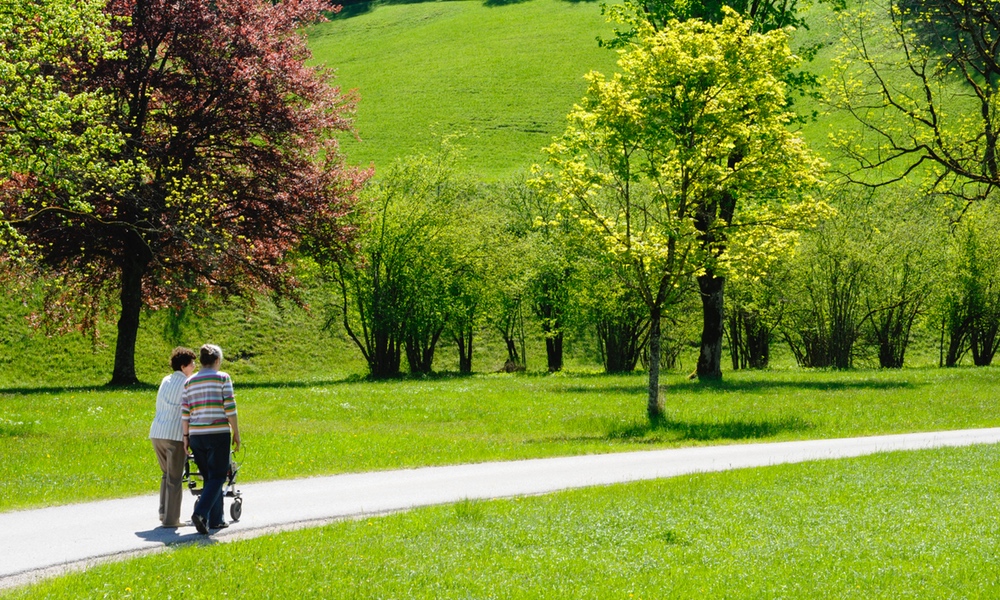At some point, most people of a certain age have wished for something to slow down the aging process and give them more years of the quality of life they have enjoyed for so long. Exercise may be the closest thing to a fountain of youth, but the issue is: exactly how much effort do you need to do to reap the benefits?
As we age, our arteries, the vessels that move blood in and out of the heart, tend to stiffen, and that raises the risk of heart disease. Any type of exercise can reduce the risk of death from heart disease, but researchers wanted to know how often a person needs to exercise to keep their heart young and healthy.
More than 100 people over the age of 60 with a lifelong history of exercising took part in the study. University of Texas Southwestern Medical Center Dallas researchers measured the stiffness of their arteries and asked them how often they exercised for at least 30 minutes each week. Participants were divided into four groups, depending on how often they exercised and were classified as either Sedentary (less than twice a week), Casual Exercisers (2 to 3 times per week), Committed Exercisers (4 to 5 times a week), and Masters Athletes (6 to 7 times a week).The Casual Exercisers had more youthful middle-sized arteries, the ones that supply blood to the head and neck, while the Committed Exercisers had more youthful large central arteries, the vessels that supply blood to the chest and abdomen.
The study only looked at how often people exercised. It did not examine other aspects of exercise such as intensity, duration or type. Any or all of these could have an impact on the health of arteries. Also, other factors such as diet and social background could have an influence on arterial health, and these were not part of the study. These are areas researchers plan to study in the future.
According to Benjamin Levine, one of the study authors, waiting until 70 to begin exercising is likely too late to reverse an aging heart, though it’s never too late to get some benefit. Currently, he is involved in research to see “if we can reverse the aging of the heart and blood vessels by using the right amount of exercise at the right time.”
Exercise should be a part of your daily routine, just like brushing your teeth, changing your clothes or taking a shower. You don’t have to join a gym or buy expensive workout equipment to get started, though an activity tracker may help. Just put on a comfortable pair of shoes and take care of the hardest part — getting out of the house and to the end of the driveway.
The study was published in The Journal of Physiology.





